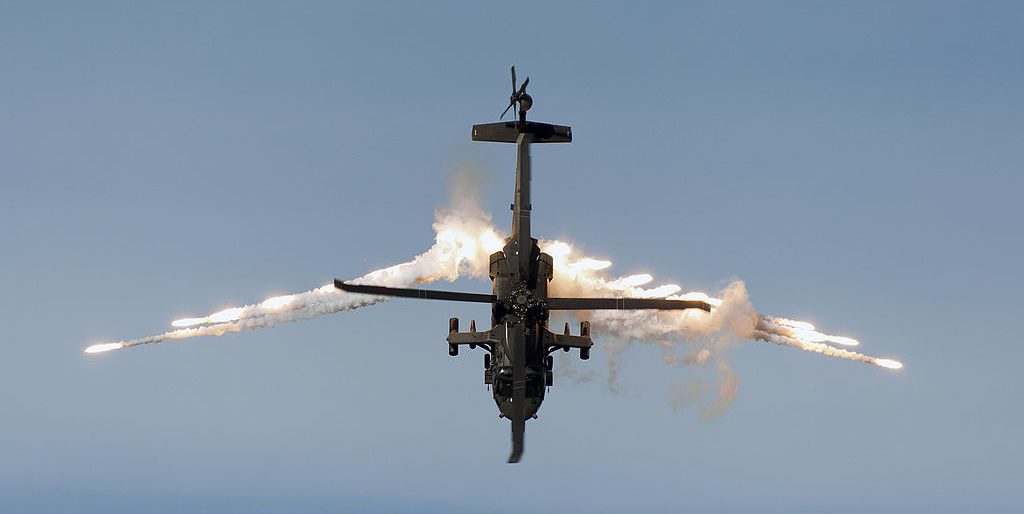Emerging from six months in the U.S. Army’s Improved Turbine Engine Program (ITEP), GE Aviation’s T901 Turboshaft engine has successfully completed prototype testing. The engine has been made using a range of additively manufactured parts, and is now ready to enter the next phase of development.
Ron Hutter, executive director of the T901 program, comments, “We’re thrilled with the overwhelmingly successful results […] Beyond the advanced design and hardware, the T901 features the latest diagnostic and prognostic tools with a modular architecture that provides the Army with the flexibility to improve readiness at the lowest life cycle costs.”
No substitute for testing
In 2016, the Army granted GE Aviation $102 million to develop a T901 preliminary design review (PDR) based on engines that have been in the GE helicopter roster for over 40 years. The project’s goals, due to be fulfilled 24 months from the start of the funding, are to give Black Hawk and Apache helicopters 50% more power, with 25% better fuel consumption, and lower production costs.
Ahead of this test, GE invested more than $300 million to development of T901-specific technologies. This includes to predominant role of metal 3D printing as seen in GE’s LEAP engine, the GE9X, and the advanced turboprop (ATP) engine for the Cessna Denali business jet.
Concerning the PDR T901, Hutter explains “To validate our analytical models ahead of the ITEP PDR with the Army, it was critical to demonstrate that a T901 prototype engine outfitted with the latest and greatest commercial and military technologies will meet ITEP performance requirements—there is no substitute for testing.”

The additive advantage
Helicopter performance challenges are predominantly concerned with part weight and consolidation, making additive the obvious solution for the T901 engine. Hutter explains, “With traditional machining and fabrication methods, individual parts are machined into finished parts from castings or forgings and built into assemblies using welding/brazing or bolted joints,”
“On the T901, additive manufacturing reduces weight by minimizing attaching features in assemblies. Additive also allows for more advanced aerodynamic shapes, leading to better engine performance, reliability and durability for the Army.”
Additive manufacturing has become a crucial component in the latest developments in military defence. To be the first with the news, sign up to our free newsletter, follow us on Twitter and like us on Facebook. Take a new direction in your career and register on our 3D printing jobs site here.
Featured image shows GE Aviation’s T901 Turboshaft engine for use inside the U.S. Army’s Apache and Black Hawk helicopters. Image via GE Aviation



